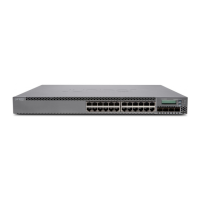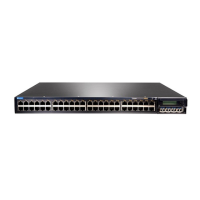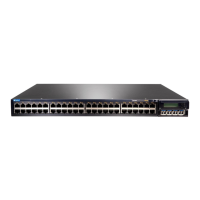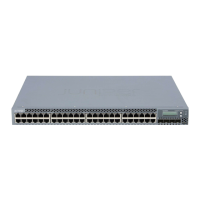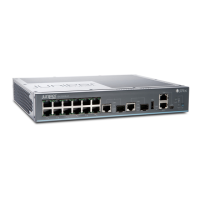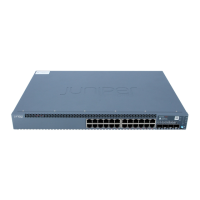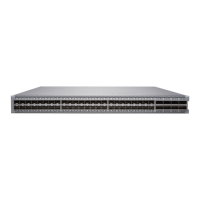the interface description has to be specified under interface unit ("set interfaces ge-0/0/0
unit 0 description "client"). If you do not do this, then the interface name is used.
In the case of integrated routing and bridging (IRB) interfaces, the textual description of
the Layer 2 interface is used instead of the IRB interface. If there is no description
configured, the Layer 2 logical interface name is used. To include the IRB interface
description instead of the Layer 2 interface description, configure the
use-interface-description and the no-vlan-interface-name statements. If no description
is configured for the IRB interface, DHCP relay defaults to using the IRB interface name.
NOTE: The use-interface-description statement is mutually exclusive with
the use-vlan-id statement.
If you specify the textual interface description, rather than accepting the default syntax,
the identification is for packets returned from the server, and only for instances where
that identification would be required by the DHCP relay, such as a stateless pass-through.
NOTE: By default, DHCP relay accepts a maximum of 253 ASCII characters.
If the textual interface description exceeds 253 characters, DHCP relay drops
the packet, which results in the DHCP client failing to bind.
Options logical—Use the textual description that is configured for the logical interface.
device—Use the textual description that is configured for the device interface.
Required Privilege
Level
interface—To view this statement in the configuration.
interface-control—To add this statement to the configuration.
Related
Documentation
• Including a Textual Description in DHCP Options on page 65
• Using DHCP Relay Agent Option 82 Information on page 60
• Configuring DHCPv6 Relay Agent Options
Copyright © 2017, Juniper Networks, Inc.310
DHCP and Other System Services Feature Guide for EX2300, EX3400, and EX4300 Switches

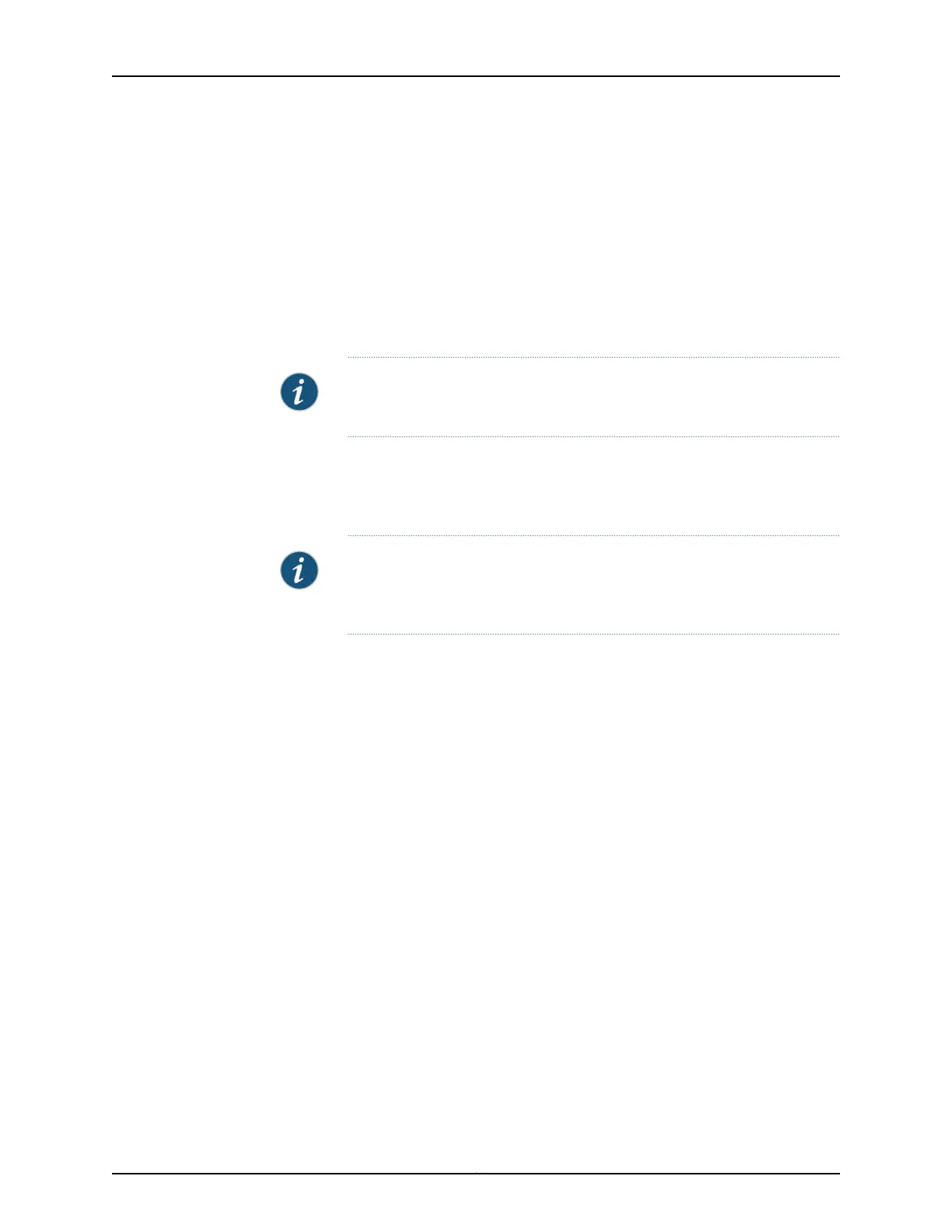